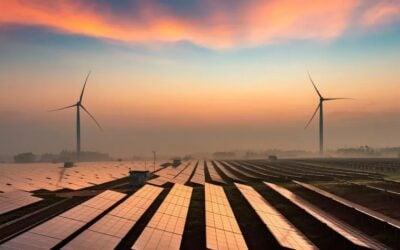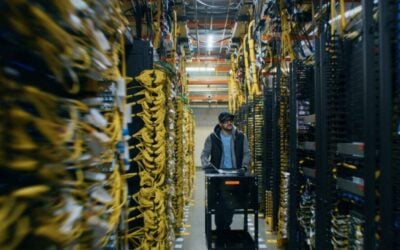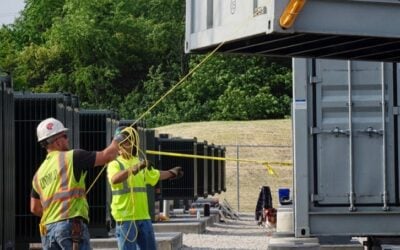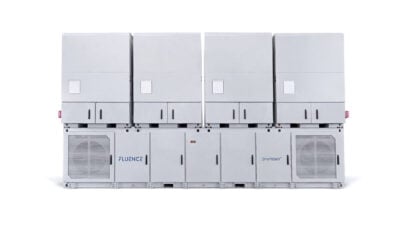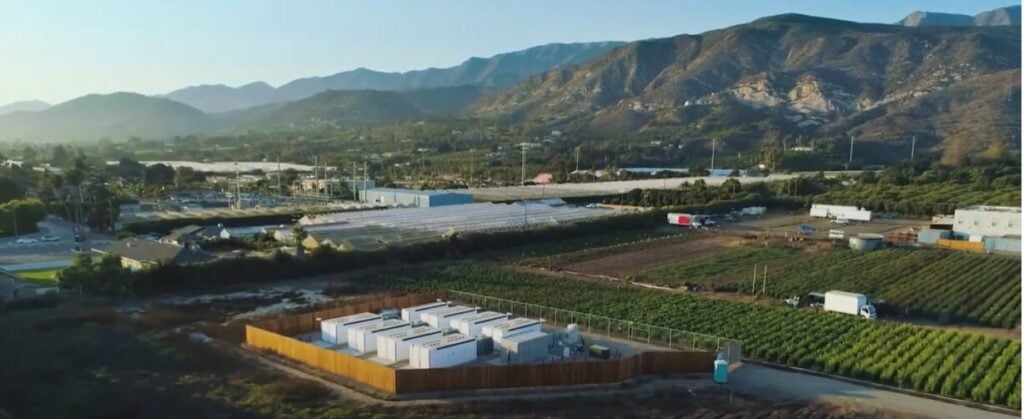
The New Jersey Board of Public Utilities (NJBPU) has approved a programme to “significantly” expand the amount of grid-scale energy storage capacity in the state.
The NJBPU approved the first phase of the Garden State Energy Storage Programme (GSESP), which looks to deploy 2,000MW of energy storage by 2030, following a mandate established by the Clean Energy Act of 2018.
Notably, the NJBPU said that the speed at which energy storage systems (ESS) can be built is crucial, as the state cannot build “traditional” power plants within five years due to supply chain issues.
Phase one of GSESP is to quickly add new ESS to the New Jersey grid to help bring down electricity bills by mitigating wholesale electricity costs.
Try Premium for just $1
- Full premium access for the first month at only $1
- Converts to an annual rate after 30 days unless cancelled
- Cancel anytime during the trial period
Premium Benefits
- Expert industry analysis and interviews
- Digital access to PV Tech Power journal
- Exclusive event discounts
Or get the full Premium subscription right away
Or continue reading this article for free
The NJBPU says that phase one will be primarily funded by the New Jersey Clean Energy Programme (NJCEP) budget.
GSESP is designed to offer several benefits, including modernising the state’s electrical infrastructure, boosting the economy through new jobs and investment, reducing environmental impact, and ultimately lowering electricity costs without initially raising consumer rates.
GSESP also offers incentives for initiatives that support overburdened communities and promote the redevelopment of brownfields.
Currently, the programme includes two phases with a potential third. Phase 1 is divided into two parts.
First, a solicitation aims to award 350-750MW, with a pre-qualification process beginning on 25 June. The final bid submission deadline is 20 August.
Next, a second solicitation will be prepared for the first half of 2026 to secure the remaining capacity needed to reach the 1,000MW phase one target.
Phase two, ‘Distributed Energy Storage,’ is expected to begin in 2026. This phase will provide incentives for smaller ESS connected to local distribution grids.
The potential phase three may introduce a performance-based incentive for transmission-scale systems, but it is still being evaluated.
New Jersey’s energy storage deployment has been historically slow.
The NJBPU previously proposed policies to incentivise standalone ESS deployment in 2022.
That bill more specifically looked to provide monetary incentives to installers of ESS.
As outlined in the 2024 New Jersey Energy Storage Incentive Program Straw Proposal, New Jersey’s 2,000MW target will mostly be achieved through the New Jersey Storage Incentive Plan (SIP) and the Competitive Solar Incentive (CSI) Program, which will set annual targets based on the budget availability.

